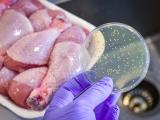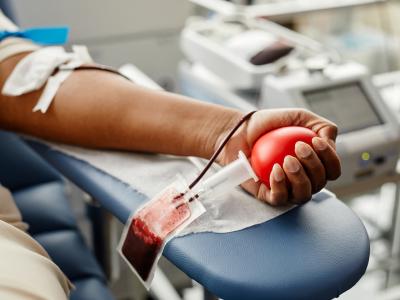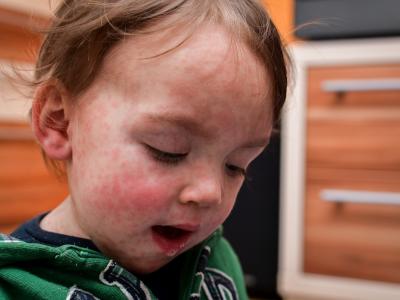Dec 29, 2011 (CIDRAP News) – The US Food and Drug Administration (FDA) recently issued final guidance designed to help egg producers follow new rules for reducing Salmonella Enteritidis (SE) contamination.
The FDA issued the egg safety rule in July 2009, and its provisions went into effect a year later for the largest egg producers, those with 50,000 or more laying hens. When the rule was issued, the FDA promised to provide additional guidance on several aspects.
It published a draft of the guidance in August 2010 and asked stakeholders for their input, according to a Dec 27 FDA constituent update that announced the publication of the final guidelines.
The recommendations address five provisions of the egg safety rule: SE prevention measures, environmental testing for SE, testing eggs for SE, sampling methodology, and record keeping for SE prevention plans.
The FDA said in the guidance document that while producers are required to comply with the measures in the egg safety rule, following the recommendations are voluntary. "Producers should select and implement only those recommendations and options from this guidance that are most appropriate and will be most effective for their particular farm and situation," it wrote.
And while the egg safety rule spells out the measures producers must follow, the guidance offers more specifics and options. The FDA said the main change from the draft to the final guidance is different environmental sampling plans for different poultry house styles, an addition requested by stakeholders.
For example, the document includes diagrams and photos on how to take samples in high-rise (pit style), belted system, colony style, single-deck, cage-free, and aviary poultry houses.
The guidance also addresses biosecurity elements such as traffic barriers and sanitation, pest control, cleaning and disinfection, and related record keeping.
The rules will apply to intermediate-sized firms—those with 3,000 to 50,000 birds—in July 2012. Smaller farms are exempt from the rules.
Federal agencies began their efforts to control SE in eggs in the 1990s, and the FDA proposed the first version of the rule in 2004. One of the biggest changes the new rule brought about was a refrigeration requirement during storage and transportation.
The FDA has projected that the new safety measures could reduce the number of SE infections from eggs by 60% and prevent as many as 30 Salmonella-related deaths each year.
In 2010 SE in eggs produced on two Iowa farms led to almost 2,000 confirmed illnesses and a recall of 550 million eggs.
See also:
Dec 27 FDA constituent update
Dec 27 FDA final egg safety rule guidance
Jul 9, 2010, CIDRAP News story "Rules to limit Salmonella in eggs take effect"
Final CDC notice on 2010 outbreak














